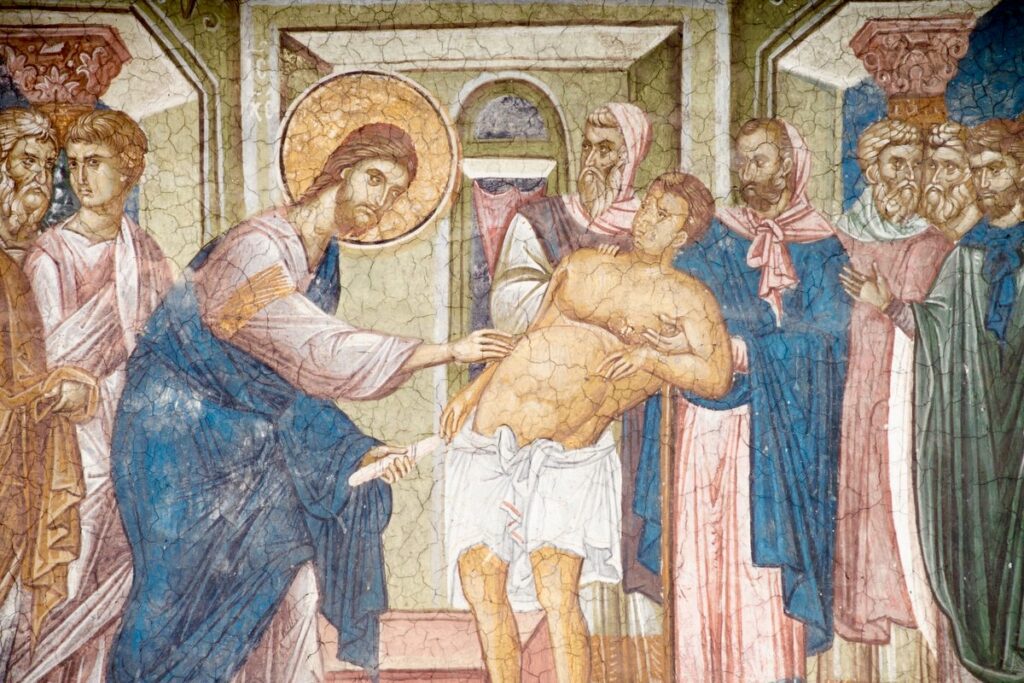This is a cantata for the 17th Sunday after Trinity, and there is quite a bit of controversy as to its first year of performance. Some scholars lean towards 1723 while others point to 1725, the year of publication of its libretto, which is by Picander (Christian Friedrich Henrici). A performance before 1725 would have been based on an unpublished version of the libretto.
The gospel of this Sunday (Luke 14, 1-11) narrates the healing of a man by Jesus on the Sabbath, not before asking the question to the Pharisees of whether doing so would violate the law – and getting no response. The libretto does not deal with the actual act of healing or with Jesus’ question, instead focusing on celebrating the joy of Sabbath and considering it as a time to honor God. The first movement is a quote from Psalm 29. The closing chorale has survived without text, so it’s up to editors and performers to choose a suitable hymn. Koopman uses stanza 5 of a hymn by Sigismund Weingärtner from 1607, whose tune was the one used by Bach.
The opening chorus is scored for strings, 4-part choir and continuo, with the addition of an independent trumpet part which lends a celebratory ringing to the overall sound. It starts with an introductory sinfonia, followed by a homophonic intervention by the choir, both of which introduce the material that will become the first theme of a 5-part fugue. Mid-way through the movement, another theme is introduced on the second verse of the Psalm (“betet”, “worship”). This theme starts with a single long note that makes it very identifiable as it gets picked up by the different voices. Another instrumental interlude then bridges into the third part of the movement in which both themes are combined.
The alto and tenor soloists each receive one recitative and one aria. First the tenor, in 6/8, accompanied by a very active solo violin line and continuo, delivers a song of praise with several interesting word-painting instances on terms like “eile” (“hasten”) and “Freuden” (“joy”).
Then, a recitative for the alto accompanied by strings mentions the feast of the Sabbath, and is followed by an aria with 3 oboes in which the text calls for God to descend into the “mouth and heart” of the believer. Interestingly, in many entrances of the voice the continuo drops out, creating a sense of levity as the soul is united with God. Also quite striking is the illustration of the term “Ruhebette” (“bed of rest”) with a sustained long note on the bass and overlapping eighth-note motifs on the 3 oboes.
The tenor comes back for a secco recitative, with another reference to the Sabbath as a celebration with God in Heaven. This leads to the closing chorale, a 4-part harmonization of the tune associated with the Weingärtner hymn.
